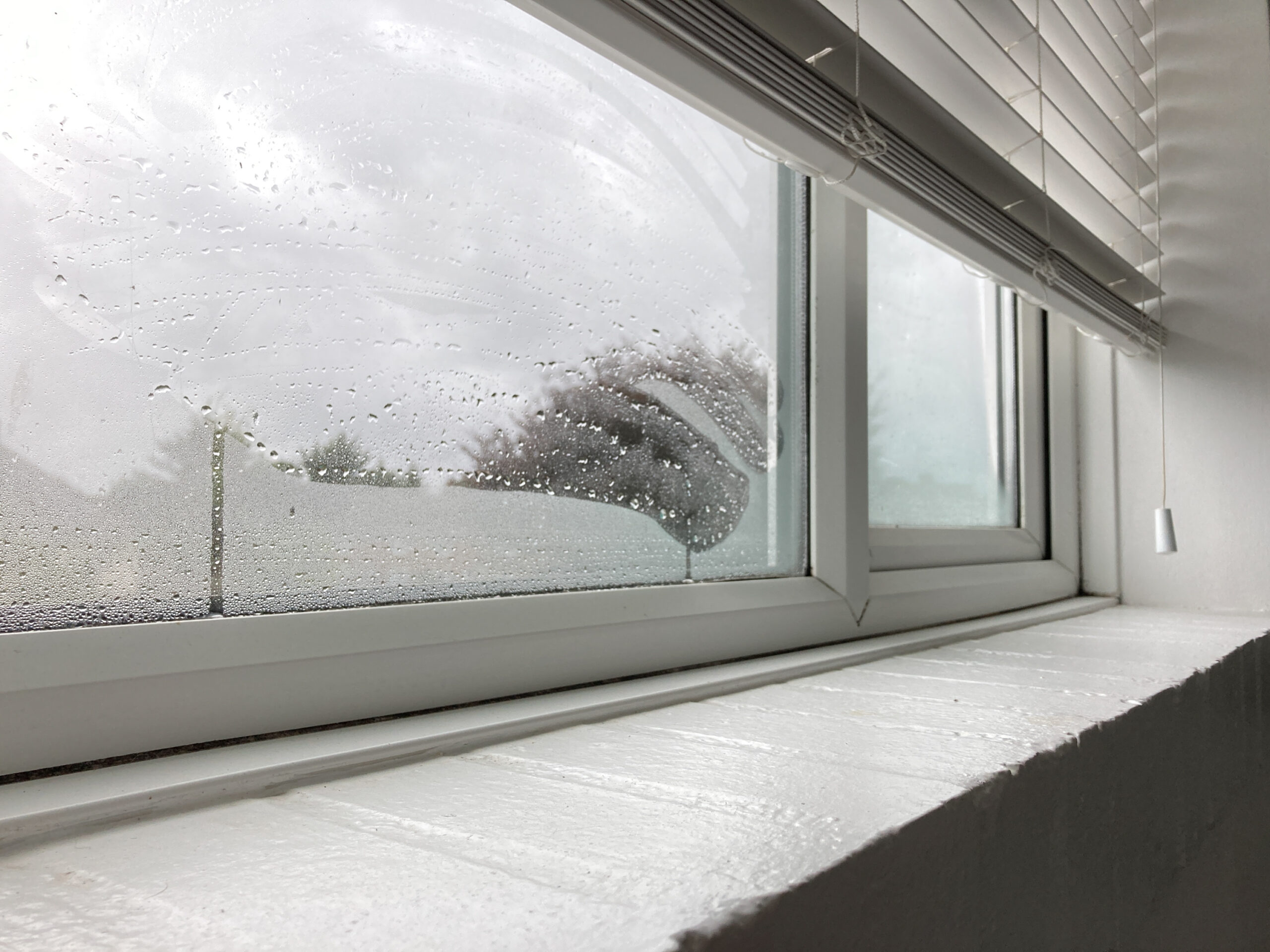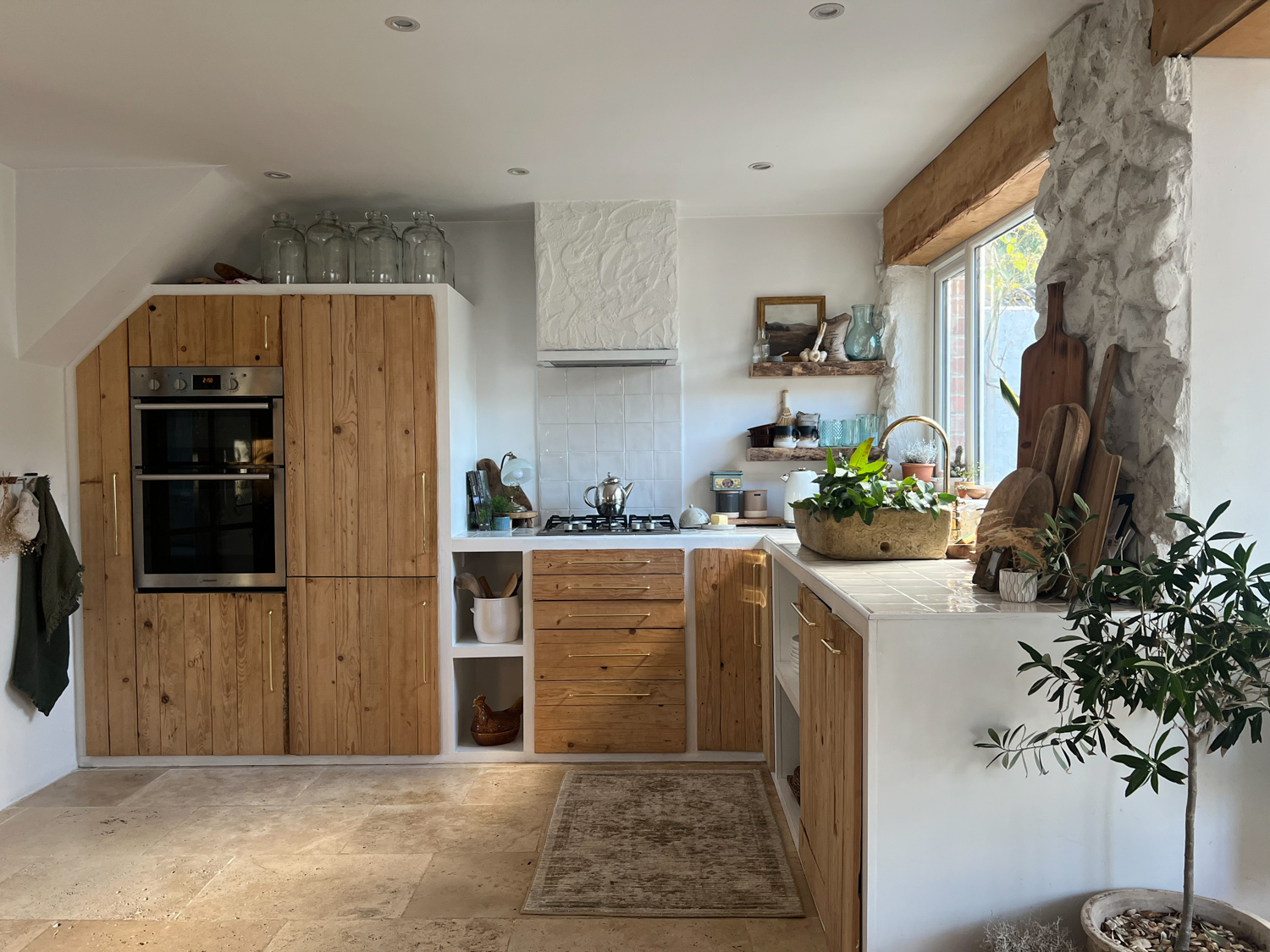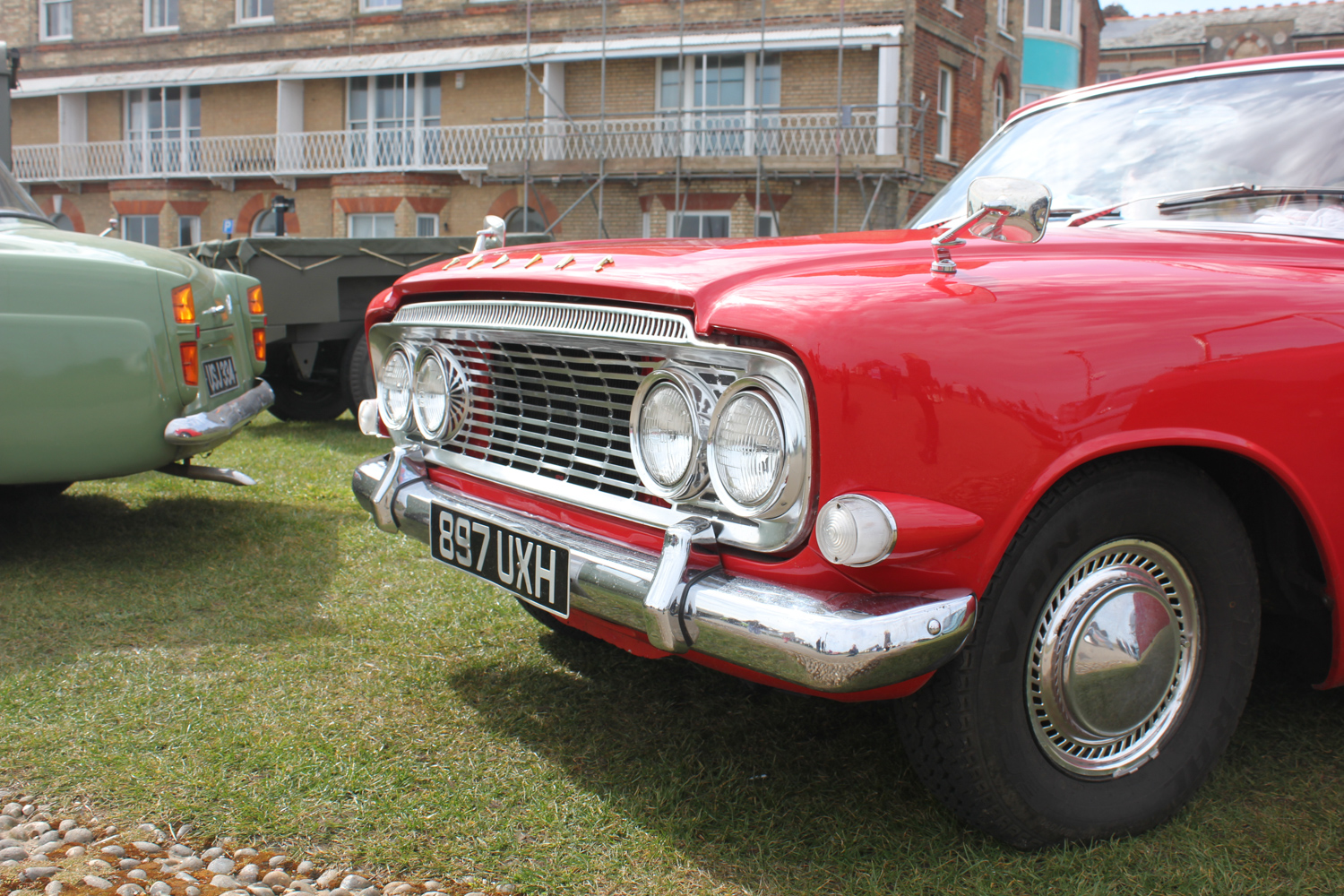Summer is (sadly) gone but that doesn’t mean you shouldn’t continue to be vigilant about your UV exposure. Between damage incurred during the warm months and Britons’ love of winter getaways, caution regarding our skin is a year-round job. Today we’re busting some common sun care myths to make sure that your skin stays safe and healthy all year round.
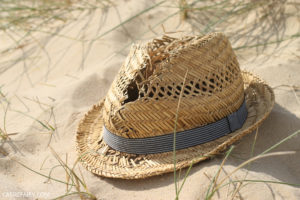
After summer wanes
According to the NHS and other sources, affordable winter holidays are culprits in the increase in skin cancer rates. During the autumn and winter months, many of us jet off for warmer climes and skiing holidays, right? In addition, many people who suffer from seasonal affective disorder use tanning beds or ultraviolet light to ease their symptoms. Continue to use broad-spectrum UV protection – most people don’t wear large hats when they’re skiing. As the backlash against the use of sun creams has grown over the past few years, we should address a few of the most common myths still in active circulation.
Myth 1: Coconut oil can be used as sun cream. Yes, you will see recommendations to “just use coconut oil” instead of SPF products. We will not go into the many reasons for why this is incorrect, but every medically sound source still recommends reducing your exposure and using sun cream to protect against damage.
Myth 2: After-sun products will reduce the damage. If you’ve had a sunburn, you want it to go away, and fast, but no amount of soothing gel or cream can reverse the damage that burns can do.
Myth 3: You can protect your skin completely with diet alone. While there may be some evidence that certain foods can increase your skin’s natural protection – and we do love our fruit and veg here at Nuriss – there is simply not enough evidence to warrant relying on walnuts, lemons, red peppers, or any of the other foods that are touted as natural protectants. Eat them because they are part of a healthful diet, but continue to approach the sun with caution.
Early detection through regular examination is important for any type of cancer, and this is especially true of skin cancers. Melanomas can develop from moles, but many of us forget about all the places we can’t easily see, and we don’t always know what to look for or when to seek advice from a doctor. Fortunately, early detection and treatment of different skin cancers yields high success rates.
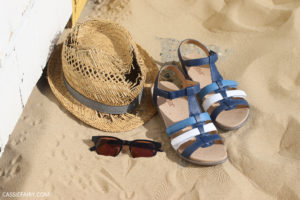
The mole mapping procedure at Nuriss is part of a good self-care regimen. If you are over the age of 18, you should have an annual check of your skin, and you should start earlier if you have a lot of moles, any unusual spots, or a family history of skin cancer of any type. Our imaging process allows us to produce an immediate report on the current state of your moles and alerts us to any areas that should be monitored or further examined. We offer this service at only £250 because we believe such an important exam should be accessible.
Cancer Research UK recommends a GP as your first stop if you have any suspicions regarding your skin. All the work at Nuriss is directed by our founding GP, Dr Anita Sturnham, so we can refer you for further testing and mole removal if necessary and you can be assured that our team will provide you with reliable advice and recommendations. We also offer treatments that can help your skin shed rogue cells before they do extensive damage or become cancerous.
Thanks to Nuriss for collaborating on this helpful and informative guest post. As a pale skinned gal, I always worry about getting sunburnt so live in factor 50 all year round, but I know that not everyone does so. Please do look after your skin, even in the colder months!
This blog post is a guest post advertisement feature. The pink links in this post indicate a sponsored link 🙂



















